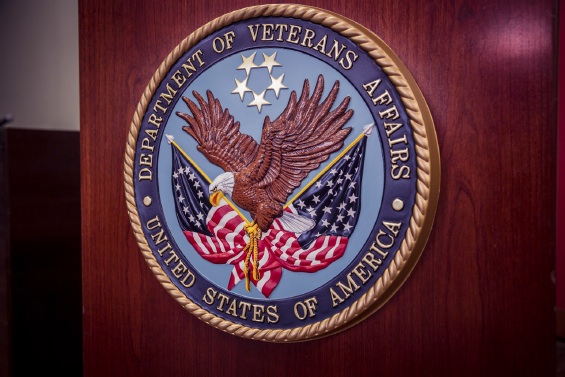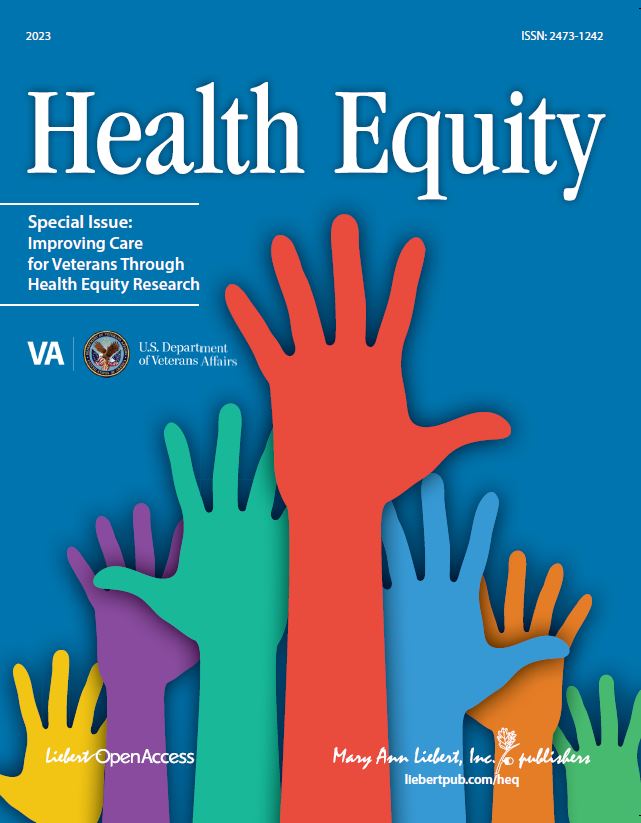Originally created: Aug. 31, 2017. Updated: Sept. 23, 2019
*As required by OMB Circular A-11
The full plan can found here: VA Contingency Plan
Introduction
The Department of Veterans Affairs (VA) is committed to providing premiere, consistent care and service to Veterans and their families at all times. VA’s mission provides no exception to this standard even when operations are limited by the absence of appropriations (commonly known as a “government shutdown”). This document outlines VA’s plan for operating in the event of a lapse of appropriations, and, its purpose is to ensure that VA can perform an orderly suspension of its programs and operations should this occur.
VA revised its contingency plan in accordance with Office of Management and Budget (OMB) Circular A–11, Section 124, dated July 21, 2010, and OMB Memorandum, M-13-22, dated September 17, 2013. Based on the instructions contained in Circular A-11, the Anti-Deficiency Act, and the advice of VA’s Office of General Counsel, this document provides VA’s operational plan to be implemented if appropriations are passed by Congress, but not signed by the President before the beginning of a workday immediately following the lapse.
This document outlines programs and resources necessary to ensure the shutdown of VA’s functions, if normal operations are suspended. It applies to all personnel and contractors assigned to or performing services for VA.
Shutdown Contingency Overview
The Department pursued a comprehensive approach to diminish the impact of a potential shutdown on Veterans and their family members. In doing so, VA identified functions and programs for which there is a legal basis to designate exceptions, including those required by “necessary implication” and “for protection of life and property”. VA Administrations and Staff Offices were asked to review their organizations and identify these specific functions and programs, (and the employees required to support them). Their decisions were based on long-standing OMB and Department of Justice guidance, and the legal opinions of VA’s Office of General Counsel (OGC). VA’s OGC has reviewed this document to ensure compliance with these criteria.
Federal activities that are authorized to continue, during a funding lapse, are excepted activities. The two main categories of excepted activities are those authorized by law, and those involving the safety of human life or the protection of property. In its shutdown contingency deliberations, VA identified those functions and programs that are legally excepted to facilitate services the Department must provide to the nation’s Veterans and their families. These essential services include providing: consistent, high quality medical care; compensation and pension benefits; housing; and burial services.
VA further designated services provided by the Office of Information Technology (OI&T) as excepted functions related to the Department’s need to protect life and property, since these functions provide the enterprise-wide infrastructure and support that facilitates healthcare services at Veterans Health Administration (VHA)’s facilities throughout VA.
An analysis of VA functions that were impacted during the 1995-1996, government shutdowns revealed the following:
- VHA did not have an advanced appropriations plan, and thus, medical services, support and compliance, and medical facilities were limited to those functions deemed excepted for the protection of life and property.
- Some benefit activities and payments, such as adjustment and insurance, were delayed.
- Loan Guaranty certificates of eligibility and certificates of reasonable value were also delayed.
In anticipation of a potential FY18 shutdown, VA considered several factors (see below) that differed from the 1990s experience. The Department believes these factors provide ample justification to support a significant increase in the number of excepted VA employees and functions in the event of a present-day shutdown.
- Advance appropriations for VHA accounts for 86% of the VA’s discretionary budget. VA believes that certain key functions that support VHA’s research operations are justifiable exceptions for the protection of life and property.
- Review by OGC and VA program offices determined that any potential carryover balances in discretionary accounts from the prior year should be allocated to sustain continued operations until those account balances are depleted.
As a result the Department’s current projection is that 95.7 percent of VA employees would be either fully funded or required to perform excepted functions during a shutdown. Approximately 336,770 (out of a pre-shutdown total of 376,998) VA employees are VHA employees funded by advance appropriations. Therefore, the projected number of employees to be retained under this plan who meet A-11, Section 124.2 criteria, is 361,025, of which, 333,323 are funded. The number of employees, not otherwise exempt is 15,973,.**
Appendix A provides a summary table identifying the impact of the shutdown on the workforce to each VA organization.
Appendix B provides additional details concerning VA’s excepted functions along with the Department’s current projected shutdown staffing totals.
Appendix C provides a summary of suspended functions within VA.
The full plan and appendices can be downloaded here: VA Contingency Plan
Topics in this story
More Stories
On Thursday, June 20, 2024, VA joined more than 20 federal agencies to release its updated 2024-2027 Climate Adaptation Plan.
As part of a new research study that began July […]
WASHINGTON ― The Department of Veterans Affairs Office of Research […]







Great idea. I have found the medical professionals to be first rate. The problems I have had were with the support stall. (union members)